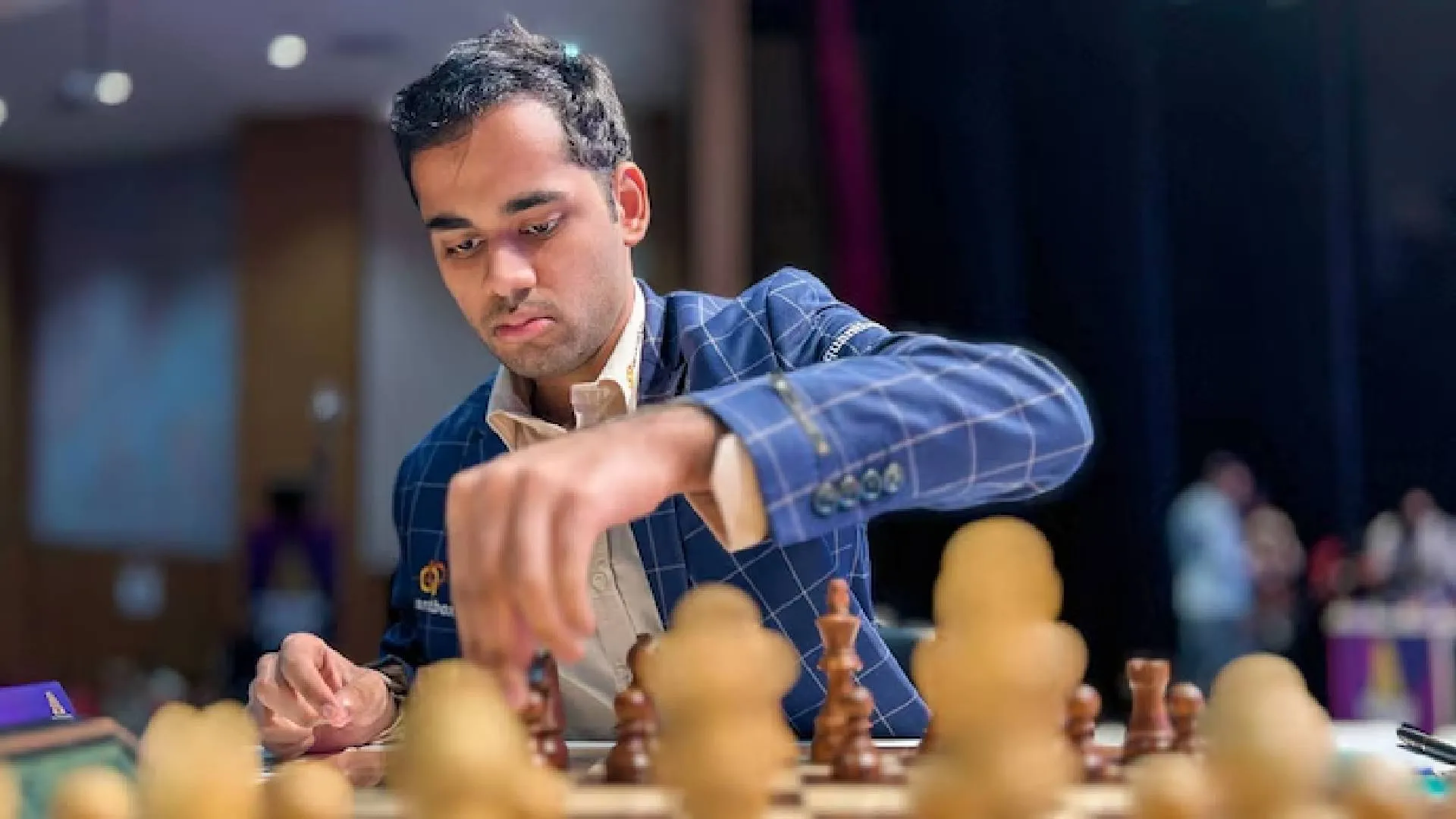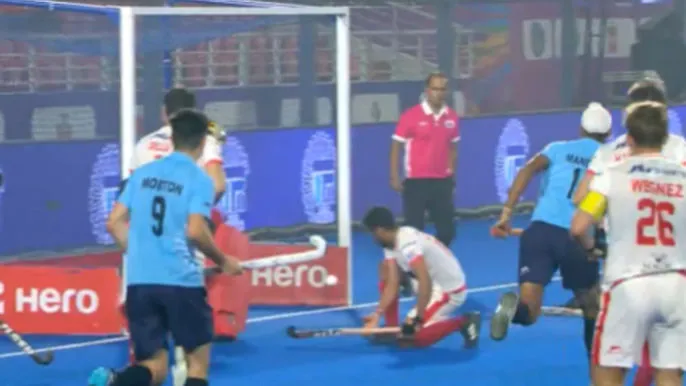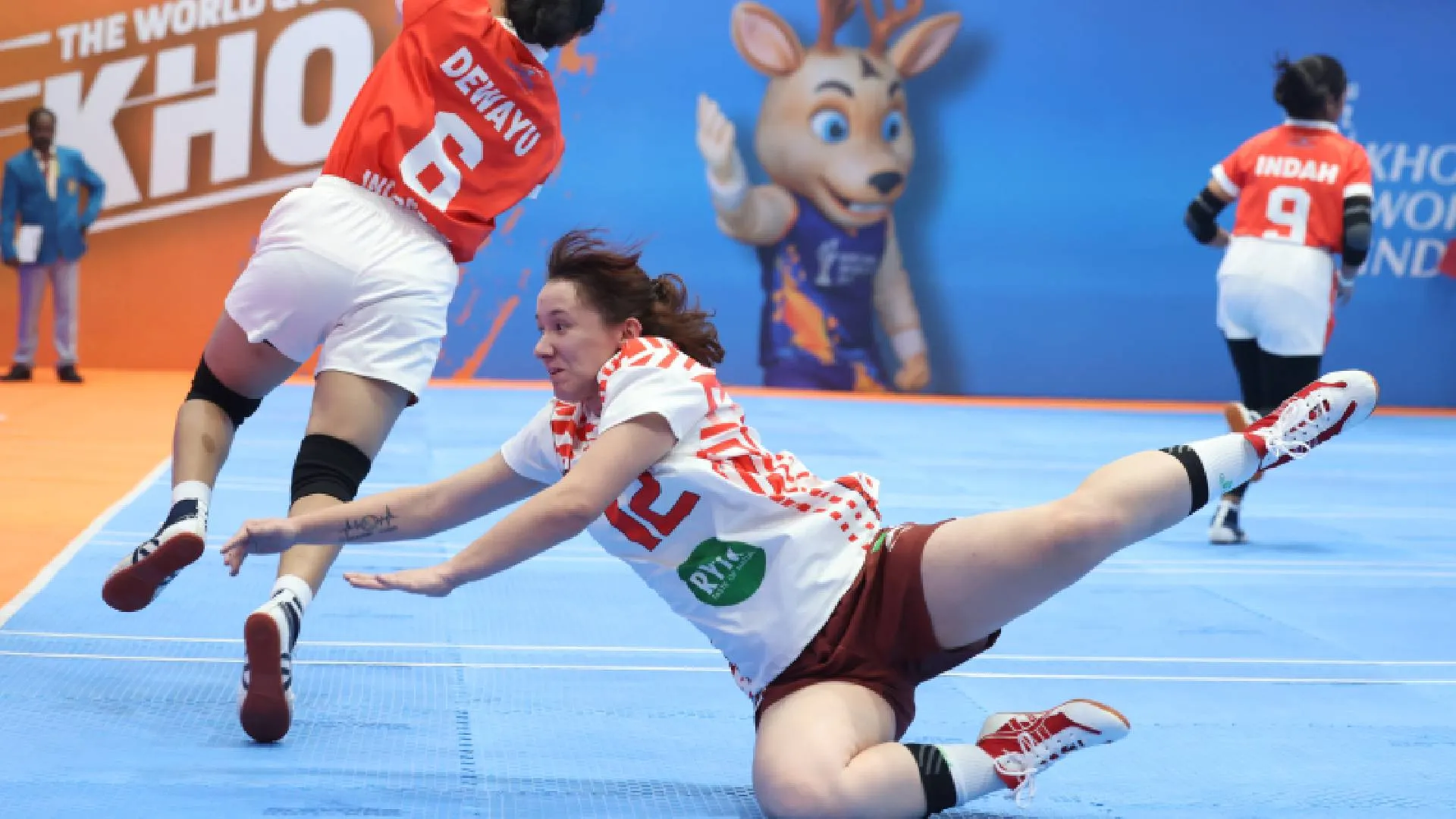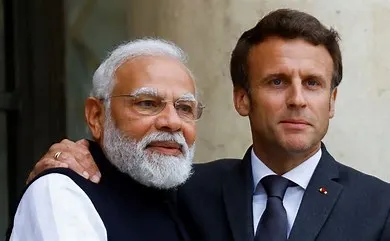When Yuzvendra Chahal and Wanindu Hasaranga finished as the two best bowlers of IPL 2022, the cricket fan was rejoicing. It is always a beautiful sight – the good old wily leg-spinner in action. Leg-spin is more than just cricket. It is artistry, which requires enormous skill, patience and resilience.


My first emotion each time I see Chahal in action is ‘how close he is to playing Test cricket’, yet the reality is ‘he is getting further away from the long format’. Extremely wily and someone who can outfox the batter, Chahal has, from time to time, expressed his love for Test cricket. Yet, his last tryst with first-class cricket was back in 2018. His average in first-class cricket is 33.21, something that’s seen as being outside of the reckoning. The best Test leggies have enjoyed a first-class average of around 25 to 28.
HAS CHAHAL GIVEN UP?
Chahal chose to ignore the struggles of the longer format and instead, embraced the shorter format and rose to excellence in quick time. In just 6 years, the former chess maverick has surged to become India’s leading T20 wicket-taker. With 74 wickets at an average just under 25, Chahal has cemented his stature as one of the finest T20 leg-spinners of all time. In ODIs too, he went past the 100-wicket mark earlier this year to become the fifth quickest Indian bowler to reach that milestone.
So, why would a bowler enjoying such an enviable record in limited overs format struggle to even have a modest one in the longer format? Experts have pointed to the fact that in the shorter format, the batters are trying to hit almost every ballwhile in Test cricket, the batters are intent onwaiting for the bad ball to pounce. Now, that’s a huge difference – the waiting game, which can be an asset or a liability for a leg-spinner depending on the bowler’s attitude. Hasaranga too faces the same problem. Considered a once-in-a-generation talent, the Sri Lankan has become a shorter-format nemesis for batters around the world and is a match-winner in every sense. Although he has played four Tests, last of which was in mid-2020, his average of 100 for his 4 Test wickets is massively underwhelming.
MODERN-DAY TREND
Both Chahal and Hasaranga needself-motivation to back theirworth in the longer format, but one wonders if they will be able to find fresh hunger for Test cricket. The longer format requires the bowler to stay patient and keep coming back. It requires a bowler to dare the batter with juicy flighted deliveries. It requires a bowler to face failure after failure. Something that is the opposite of limited overs format. Interestingly, this trend of bowlers marvelling in T20 and struggling in longer format is not confined to the two names we have been discussing above. It is a modern-day trend. Ish Sodhi (New Zealand), Adil Rashid (England), Adam Zampa (Australia) and Shadab Khan (Pakistan) have all marvelled for their teams in the T20 format, but came nowhere close to impressing in the longer format.
MULTI-FORMAT LEGENDS
Now, this is in stark contrast to what we have seen in the past. Two of the most successful leg-spinners of all time have been very able multi-format players. Shane Warne is on top of the leader board for leg-spinners in Test cricket with 708 wickets. He also won the 1999 ODI World Cup for Australia with one of the greatest bowling performances in the history of World Cup when he outgunned South Africa. Warnie followed that up with the shorter format title when he won the IPL for his team Rajasthan Royals in his very first edition. Now, that’s some masterpiece in action.
Anil Kumble too was excellent in all three formats. He is the fourth highest Test wicket-taker of all time with 619 in his kitty and is among the top-10 ODI wicket-takers of all time. In T20 format too, his 57 wickets came at 24 and a stunning economy rate of 6.7. Kumble is the only IPL player till date to win the Player of the Match’ award despite being on the losing side of an IPL final. Such was his level of consistency in all formats.
DIFFERENT LEAGUE
So, what is it that the Warnes and Kumbles did that the next generation is unable to, especially in the longer format? While many theories have been discussed, former India leg-spinner and one of the finest artists of the game, Laxman Sivaramakrishnan made the most-telling observation. In a recent article penned by the cricketer-turned-commentator, he stated, “For a leg-spinner to be successful in a Test match, you should be able to bowl maybe 40 overs and have men round the bat—slip, gully, forward short leg, etc.You have to bowl for long periods of time; you have to be able to turn the ball; you have to have variations; you have to have control. Only if you have control, can you keep men close to the bat catching. Only if you have the accuracy, can you create pressure. So, I think the training methods of modern-day leg-spinners to bowl for long periods of time, to be accurate, to be able to turn the ball, to have variations like the googly or the topspin or the flipper is all missing.”
And who better to have the variations than Shane Warne. The Aussie legend was blessed with a rare ability to bowl six different balls in one over. Such was his mastery or should we say, artistry. There’s a reason why 4th June 1993 will be remembered by cricket fans not just for a long time, but forever. That ‘Ball of the Century’ by Shane Warne remains a piece of the puzzle called leg-spin. Not many figured out what happened that day and those who did couldn’t figure out why it happened that way. That iconic moment was a much-needed one at that time as leg-spin was at the crossroads in world cricket. Post the BS Chandrasekhar era, there was a dearth of quality leg-spinners worldover. Abdul Qadir of Pakistan was the lone torchbearer even as Sivaramakrishnan and Narendra Hirwaniemerged as huge talents who rose and fell in unbelievably quick time. That’s when Shane Warne, Anil Kumble and Mushtaq Ahmed took leg-spin to a new level and their retirements not only impacted their sides, but the art of leg-spin itself.
END OF TEST LEG-SPIN?
It is a sad reality that Test cricket does not witness enough of leg-spin lately. Since 2010, there have been only two leg-spinners who have taken more than 100 Test wickets – Yasir Shah of Pakistan and Devendra Bishoo of the West Indies. Worse, India, which is seen as a nursey of spin talent, has not played a leg-spinner in a Test match since 2016. It is no surprise therefore to see not a single leg-spinner in the top-10 wicket-takers of the ongoing Ranji season (although Kumar Karthikeya Singh doubles up as a left-arm wrist spinner). While this is the state of affairs with leg-spin, left-arm orthodox is on the rise. I’ll leave you with a stat that will get you thinking. Four out of the top 5 wicket-takers in the ongoing Ranji season are left-arm orthodox bowlers. That’s some food for thought.
While we celebrate the rise of leg-spin in T20 format, the big question remains – Has T20 revived leg-spin or taken it further away?
The author is a sports commentator























